Social media extended the first presidential debate of 2012 beyond the television screen Wednesday night and created a way for college students to express support for their favorite candidates.
As President Barack Obama and Republican candidate Mitt Romney challenged each other on TV, Facebook and Twitter soon became the arena for political debates and a channel for political expression. Twitter set a record of 10.3 million tweets for “the most tweeted-about event in U.S. politics,” Adam Sharp, head of government, news and social innovation, said on the social media company’s blog.
Ikenna Ike, a sophomore chemical engineering major, said that social media “stirs up more conversation, increases political jargon, and allows ideas and opinions to flow between person to person, city to city, state to state and even across countries.”
Students across the nation voiced their positions on issues varying from the economy to the existence of Big Bird.
“Massachusetts doesn’t help you give examples of how [you’re] going to take care of America,” said Caleb Davis, a junior engineering major, via Facebook, referring to Romney’s experience as governor.
“I guess Big Bird’s going to get fired soon, ” said Peter Lis, a sophomore neuroscience major, via Facebook. During the debate, Romney said that he would cut support for the Public Broadcasting Service, home of both the “Sesame Street” character and debate moderator Jim Lehrer of the “PBS NewsHour.”
Before the 2008 election, the youth vote had been less significant to presidential candidates. But, with the creation of social networks, which Obama used to his advantage four years ago, young adults have become more politically involved. Now, their voices can be heard and amplified through social networks such as Facebook and Twitter.
Forty-six million young people are eligible to vote in 2012, according to the Center for Information and Research on Civic Learning and Engagement (CIRCLE). Sixty percent of this population has college experience.
“I’m glad to see that young people, such as myself, are talking about important things like politics on Facebook and Twitter, besides talking about rappers and parties,” Patrick Johnson, a sophomore international business, said.
Social networks have made it easier to get the youth excited about politics. Even if students are not following news reporters on Twitter, they can still see their friends tweet about the debate, which encourages them to join the conversation.
“It has created a form of social peer pressure,” Kathy Pierre, a sophomore journalism major, said. “If you sign on Twitter and see everyone tweeting about the debates, you’ll feel left out and likely go watch it as well.”
Twitter is notorious for sparking unique dialogue through its “trending topics.” During the debate, students chimed in on the trending topic “The President.”
Shakei Haynes, a senior political science major, tweeted about Obama. “He acted like the president. That illustrates much more than any ill-informed rhetoric from Mitt Romney.”
Although social media has created a new environment for political dialogue for young voters, the information given is sometimes incorrect, leaving some voters not properly informed.
“The only problem is that social media doesn’t include any fact checking,” Pierre said. “People can say whatever they want without any factual information.”
The Obama campaign recently launched a campaign through Instagram, asking young voters to write a message on their hands, put that hand over their hearts, take a photo and then tweet the photo with the hashtag “#forall.”
The only downfall to getting youth voters to show support on social networks is that it does not always mean that they will go and make an impact in the real world. The determining factor of the youth’s influence in politics will be on voting day.
Social media extended the first presidential debate of 2012 beyond the television screen Wednesday night and created a way for college students to express support for their favorite candidates.
As President Barack Obama and Republican candidate Mitt Romney challenged each other on TV, Facebook and Twitter soon became the arena for political debates and a channel for political expression. Twitter set a record of 10.3 million tweets for “the most tweeted-about event in U.S. politics,” Adam Sharp, head of government, news and social innovation, said on the social media company’s blog.
Ikenna Ike, a sophomore chemical engineering major, said that social media “stirs up more conversation, increases political jargon, and allows ideas and opinions to flow between person to person, city to city, state to state and even across countries.”
Students across the nation voiced their positions on issues varying from the economy to the existence of Big Bird.
“Massachusetts doesn’t help you give examples of how [you’re] going to take care of America,” said Caleb Davis, a junior engineering major, via Facebook, referring to Romney’s experience as governor.
“I guess Big Bird’s going to get fired soon, ” said Peter Lis, a sophomore neuroscience major, via Facebook. During the debate, Romney said that he would cut support for the Public Broadcasting Service, home of both the “Sesame Street” character and debate moderator Jim Lehrer of the “PBS NewsHour.”
Before the 2008 election, the youth vote had been less significant to presidential candidates. But, with the creation of social networks, which Obama used to his advantage four years ago, young adults have become more politically involved. Now, their voices can be heard and amplified through social networks such as Facebook and Twitter.
Forty-six million young people are eligible to vote in 2012, according to the Center for Information and Research on Civic Learning and Engagement (CIRCLE). Sixty percent of this population has college experience.
“I’m glad to see that young people, such as myself, are talking about important things like politics on Facebook and Twitter, besides talking about rappers and parties,” Patrick Johnson, a sophomore international business, said.
Social networks have made it easier to get the youth excited about politics. Even if students are not following news reporters on Twitter, they can still see their friends tweet about the debate, which encourages them to join the conversation.
“It has created a form of social peer pressure,” Kathy Pierre, a sophomore journalism major, said. “If you sign on Twitter and see everyone tweeting about the debates, you’ll feel left out and likely go watch it as well.”
Twitter is notorious for sparking unique dialogue through its “trending topics.” During the debate, students chimed in on the trending topic “The President.”
Shakei Haynes, a senior political science major, tweeted about Obama. “He acted like the president. That illustrates much more than any ill-informed rhetoric from Mitt Romney.”
Although social media has created a new environment for political dialogue for young voters, the information given is sometimes incorrect, leaving some voters not properly informed.
“The only problem is that social media doesn’t include any fact checking,” Pierre said. “People can say whatever they want without any factual information.”
The Obama campaign recently launched a campaign through Instagram, asking young voters to write a message on their hands, put that hand over their hearts, take a photo and then tweet the photo with the hashtag “#forall.”
The only downfall to getting youth voters to show support on social networks is that it does not always mean that they will go and make an impact in the real world. The determining factor of the youth’s influence in politics will be on voting day.
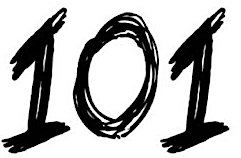
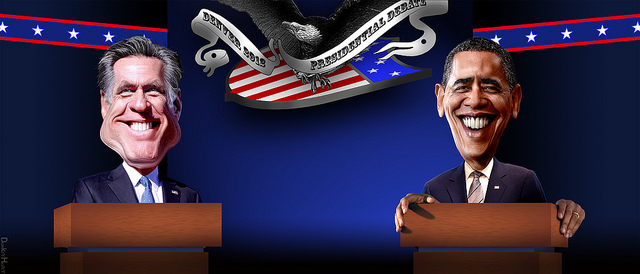
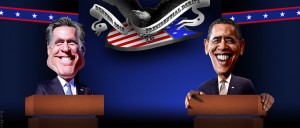
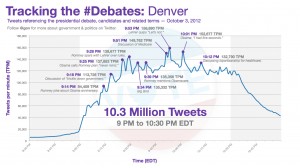

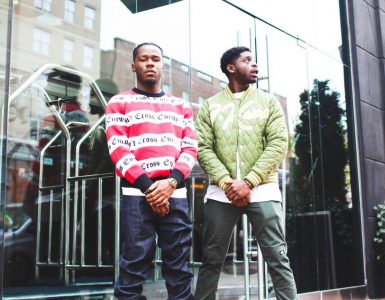

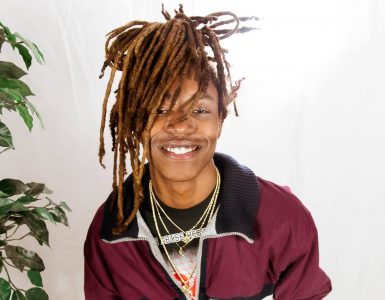
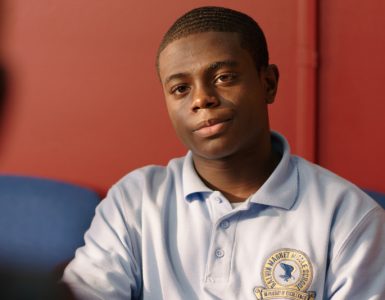
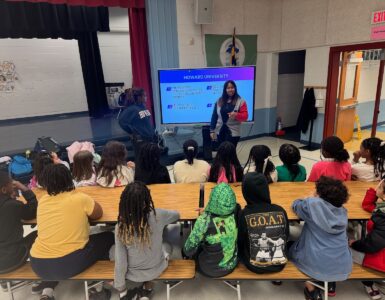

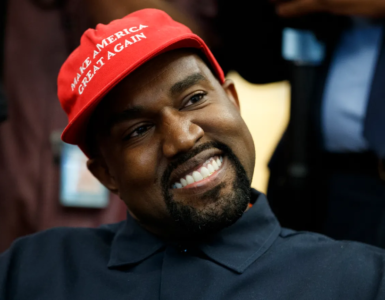
Recent Comments